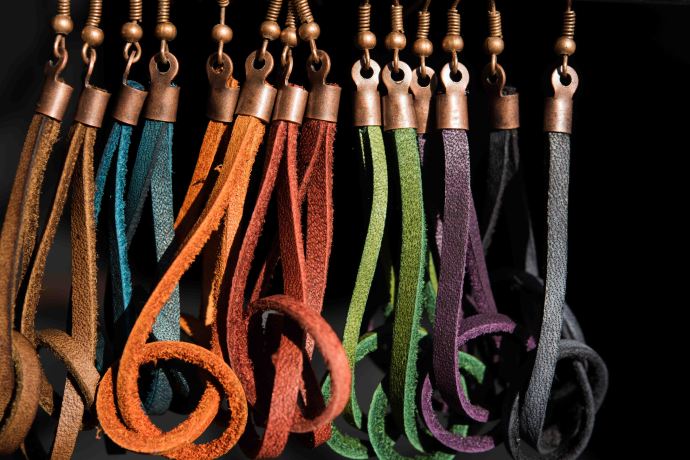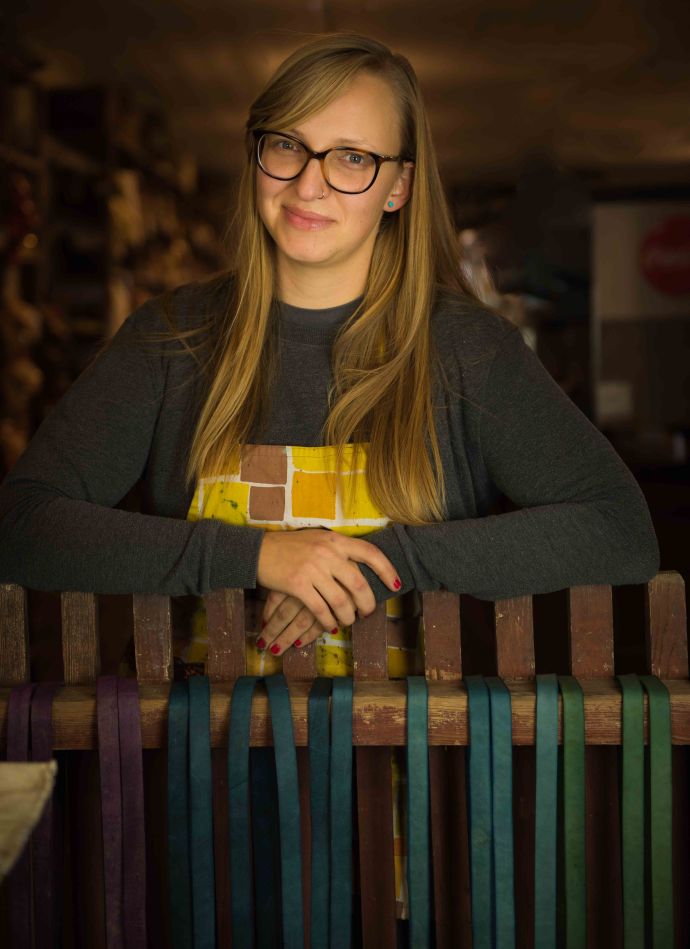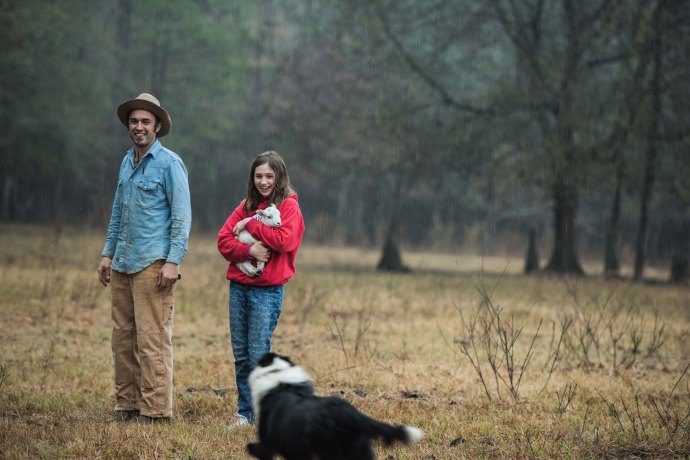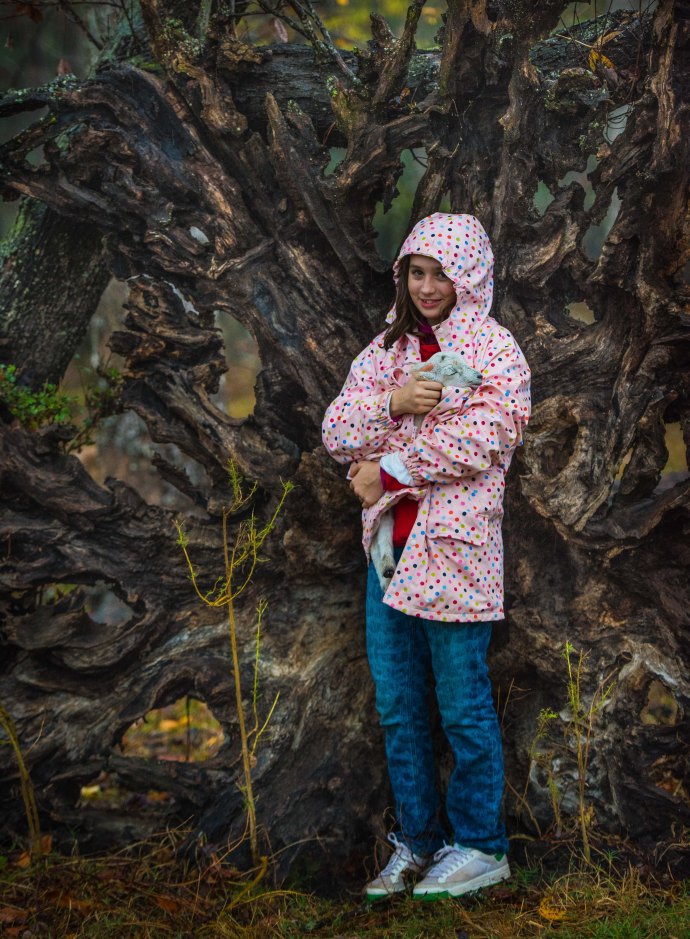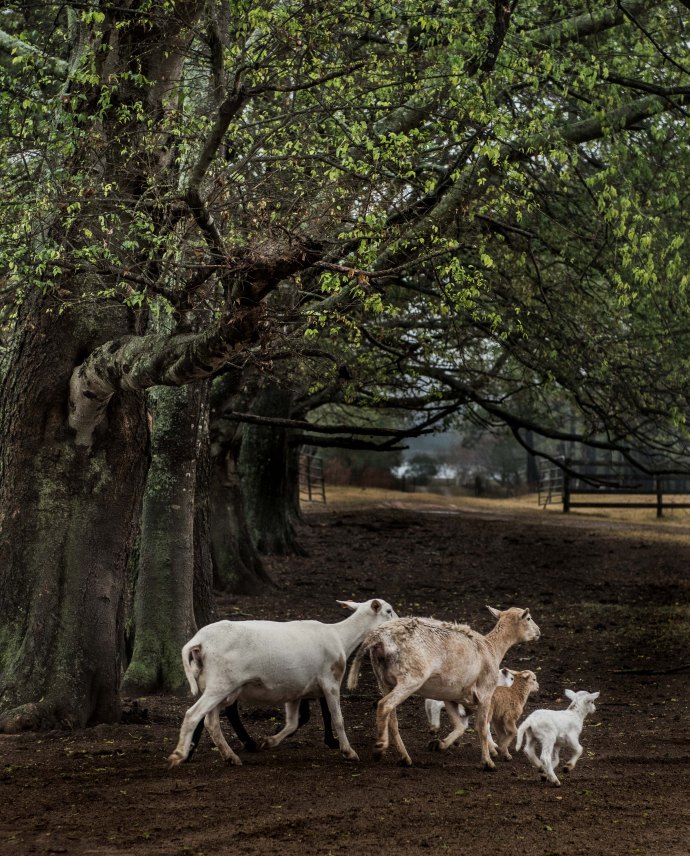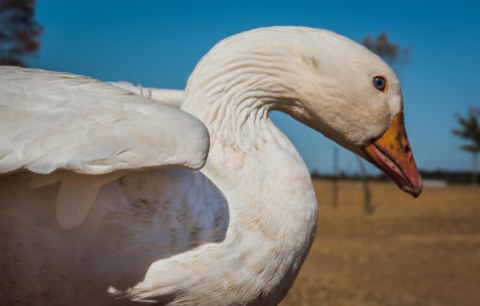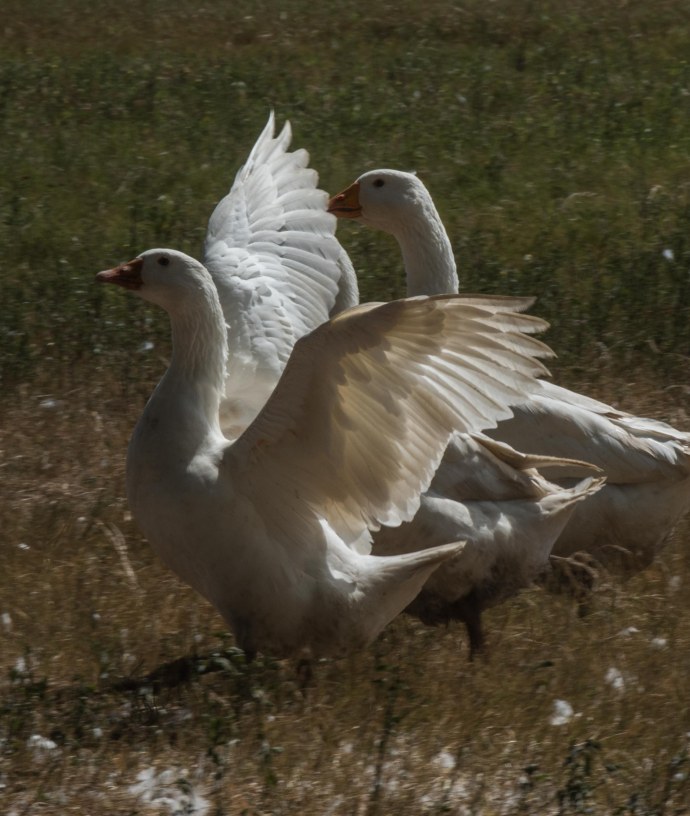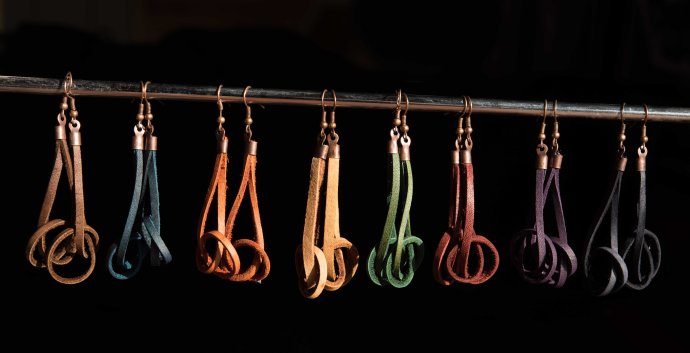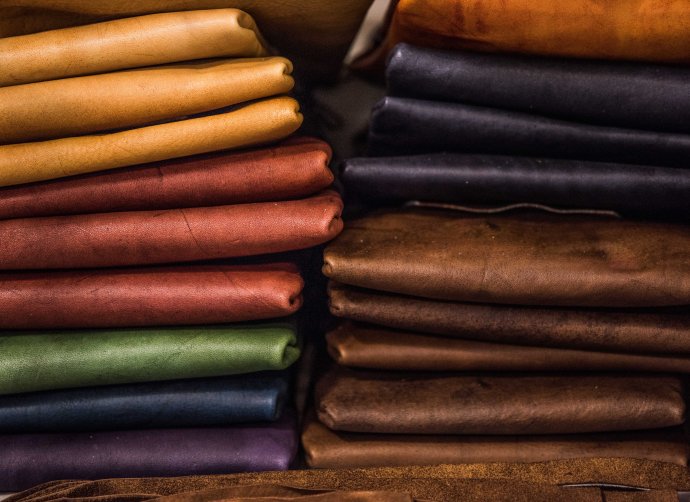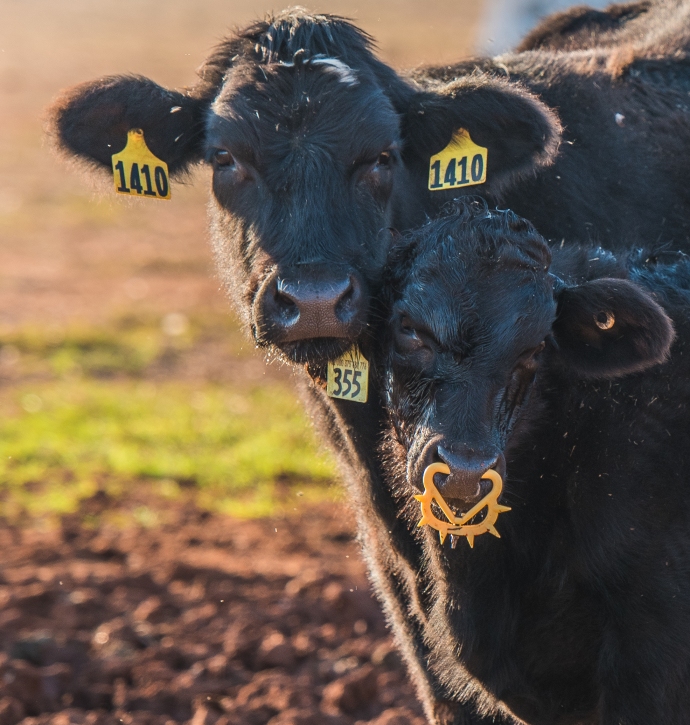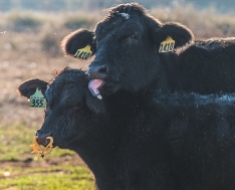“We pray for plenty of good hard work to do, and the strength to do it.”
This is the saying written in our dining pavilion over the serving window. It is our farm’s unofficial motto, a prayer Will remembers from his youth.
We had many milestones in 2016. We are proud of our accomplishments and grateful for our blessings. Below, our managers share a list of notable milestones.
1.) Welcome Baby Jack!
Jack Carter Harris was born December 7, 2016 to Jenni and Amber Harris, starting the 6th Harris generation born on the farm. This healthy baby boy has already brought so much joy to the farm family. We look forward to his generation inheriting White Oak Pastures as a farm who’s soil and community has been enriched and regenerated due to our farming practices.


2.) Grand Opening of the White Oak Pastures General Store
It truly took our whole community to refurbish and reopen Bluffton’s 19th century general store. We believe that regenerative agriculture has the power to restore rural communities. We see our store as a step towards revitalizing downtown Bluffton.
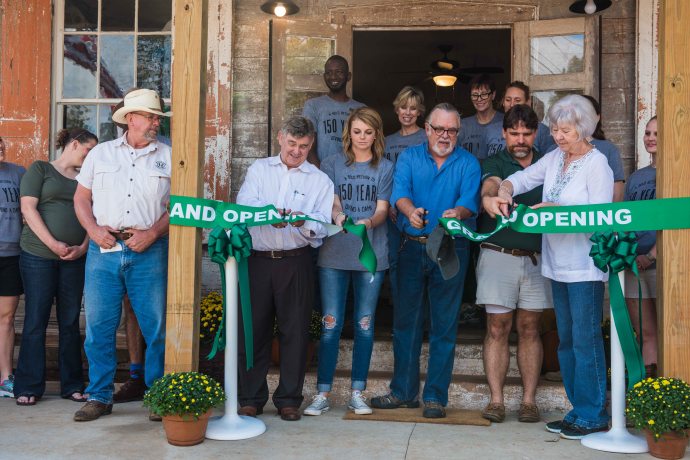

3.) 150th Birthday
This year marked our farm’s 150th Birthday, or, our Sesquicentennial. This little known word is hard to pronounce so we made a quick video of our brave employees giving it a try. We had an incredible turn out for our 150th Birthday Celebration with the Bo Henry Band on October 15, 2016.
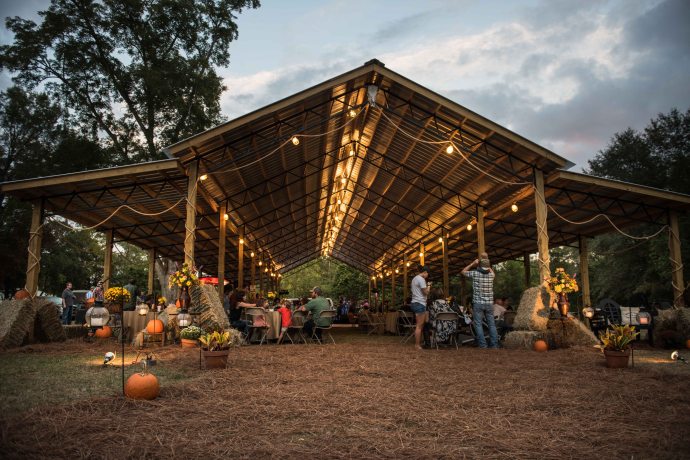

4.) Internship/ Apprenticeship Program Initiated
Our official Internship/ Apprenticeship Program completed its first successful year. White Oak Pastures offers our interns a unique farm experience in scale and vertical integration while simultaneously providing an idea-incubating space for young people interested in regenerative agriculture.

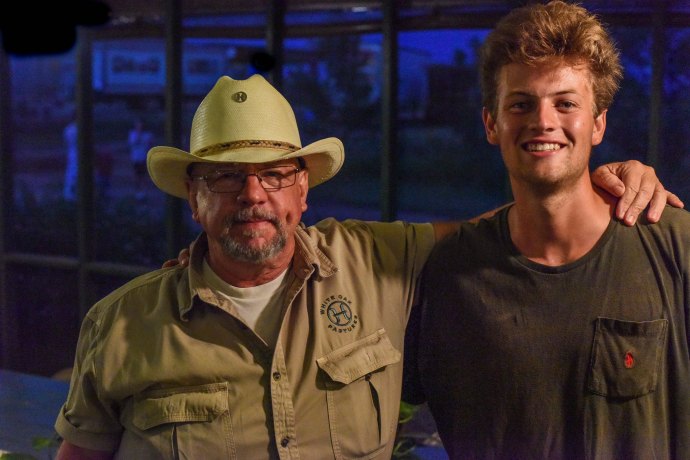

5.) Second Annual 5K Ruff Run
Regenerative agriculture focuses on the health of the soil, the health of the animals, and the health of the people who perpetuate this system. Many of our customers, partners and employees support us because they prioritize health. What better way to honor our regenerative community than through a fun event focused on healthy bodies? Our Second Annual 5K Ruff Run was a great success this spring.

6.)
Land Purchases
This year we purchased increments of 250 acres, 120 acres and 60 acres. We are excited to incorporate this land into our organic, holistic system. We look forward to using animal impact and holistic management to revive this land which was previously farmed industrially.
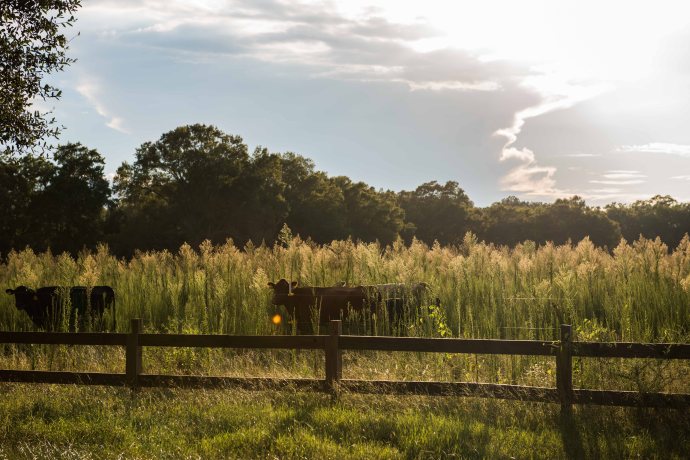
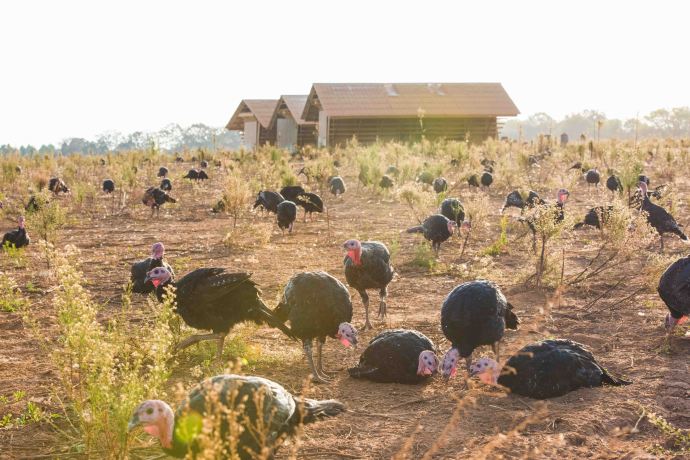

7.) Internet Fulfillment Center Development
At the start of the year, the Internet Fulfillment Center (IFC) was operating out of the poultry plant. With our internet business quickly growing, the need for a larger facility became apparent. Therefore, we moved our IFC to its own building with nearly 2000 square feet of freezer space and its own shipping dock.

When we moved the IFC, we hit the ground running. We were filling all of the online orders while transitioning our entire inventory and implementing a new organization system all at the same time. It was a wild first couple of months, but by Thanksgiving we had a clean running machine and filled several hundred turkey orders in about three days. We are now working to fully digitize our inventory management paperwork and looking forward to a great year in 2017.

8.) Iberian Hogs
This year saw our first successful breeding of Iberian hogs on White Oak Pastures land and our first Iberians to reached slaughter weight. Our Iberian hogs are some of the first Iberians ever born and raised outside of the Iberian peninsula. We have about 200 Iberians now.
9.) Conversion of Garden to Pig Paddocks
We converted the land on which our organic garden used to be located into pig paddocks. Here, we are experimenting with forage cover crops to reduce the amount of feed we have to buy in from off farm. The cover crops also allow us to further increase soil organic matter, reduce soil compaction and promote a thriving microbial and fungal community in our soil. Our pigs also love the lush forage.


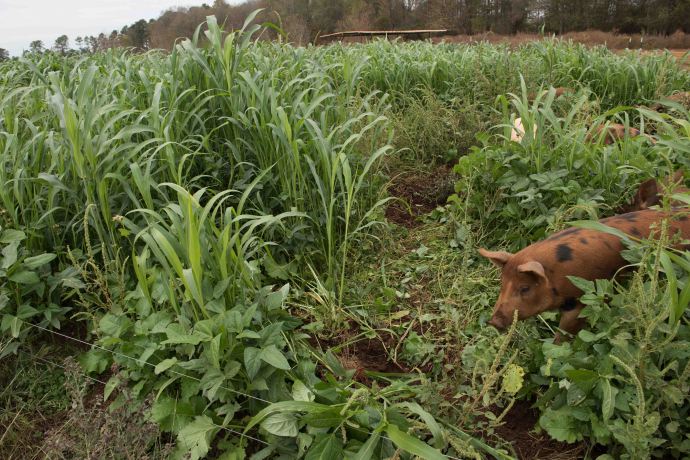
10.) Hide Barn Construction
Our new hide barn is well under way in construction. In September 2016, we received a Local Producer Loan from Whole Foods Market to build a new facility for our pet chews. 2016 saw us break ground and make great strides towards finishing this important building. Folks are more and more cautious about what they feed themselves and their pets and the demand for all natural, grass-fed pet chews has grown immensely.

We began making hand-crafted rawhide pet chews on the farm in 2013 and at that time we were utilizing about 8 cattle hides each week. Due to customer demand, our department has grown immensely. Today we turn about 30 hides from fresh to sun-dried each week. Our goal is to quickly double that number once we move into the new facility.
 The hide barn building is conveniently located across from our General Store in Bluffton and will also include our tallow and leather departments, as well as a nice space to display our cowhide rugs.
The hide barn building is conveniently located across from our General Store in Bluffton and will also include our tallow and leather departments, as well as a nice space to display our cowhide rugs.
Our building will include our leather workshop where we will make all our leather goods such as bags, bracelets, dog collars, etc. We hope our farm visitors will stop by to explore the new building and even bring along their pets! This will be a cozy, crafty and comfortable space to hang out and even make your own bracelet. Visitors can watch the tallow soap, candle, or lip balm creation processes as well.
As Mr. Will said, “2016 was the best year of my life and I have had a pretty long and damn good ride”.


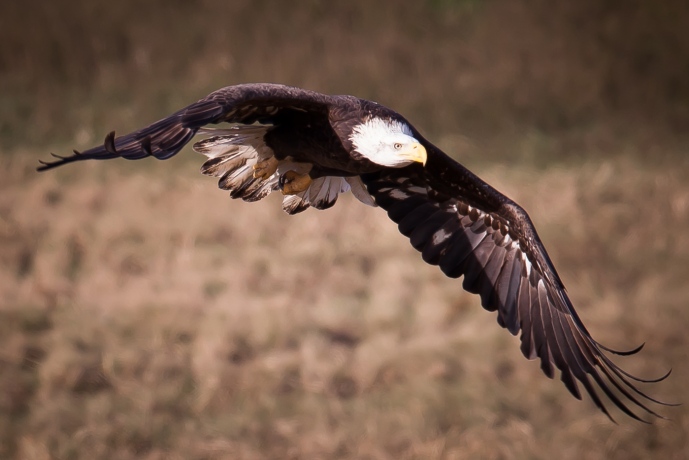

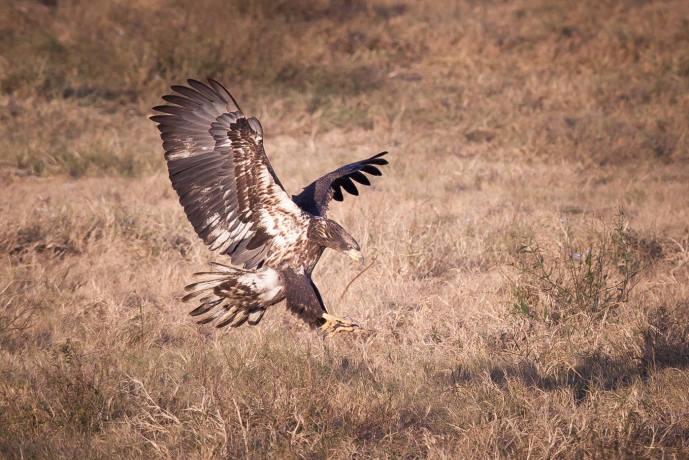

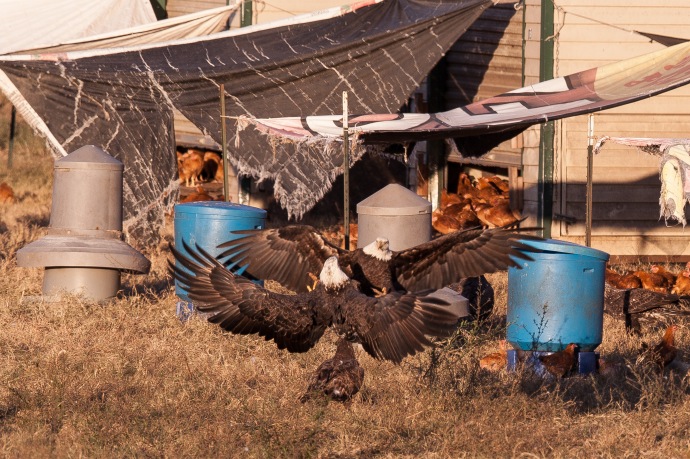

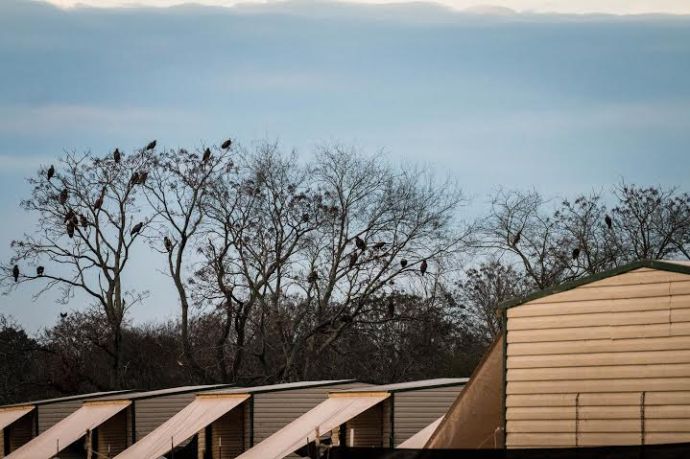
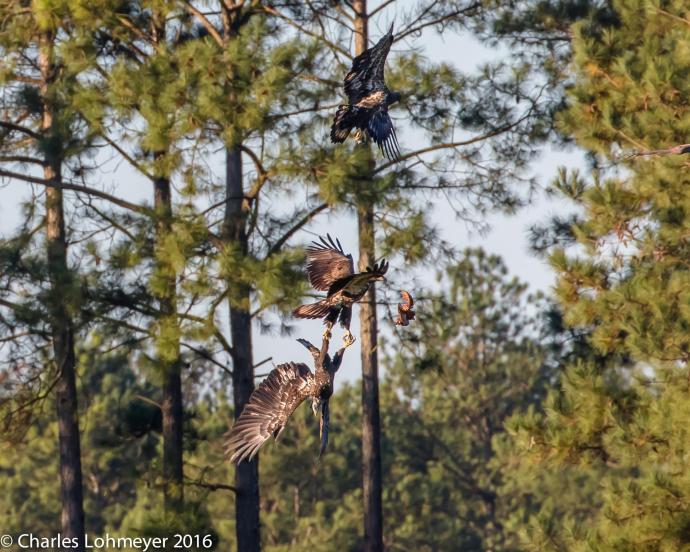










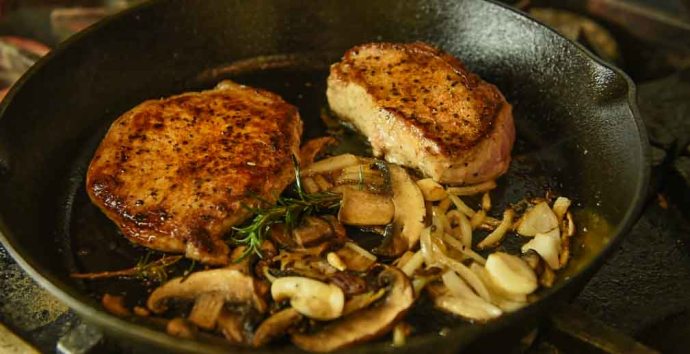


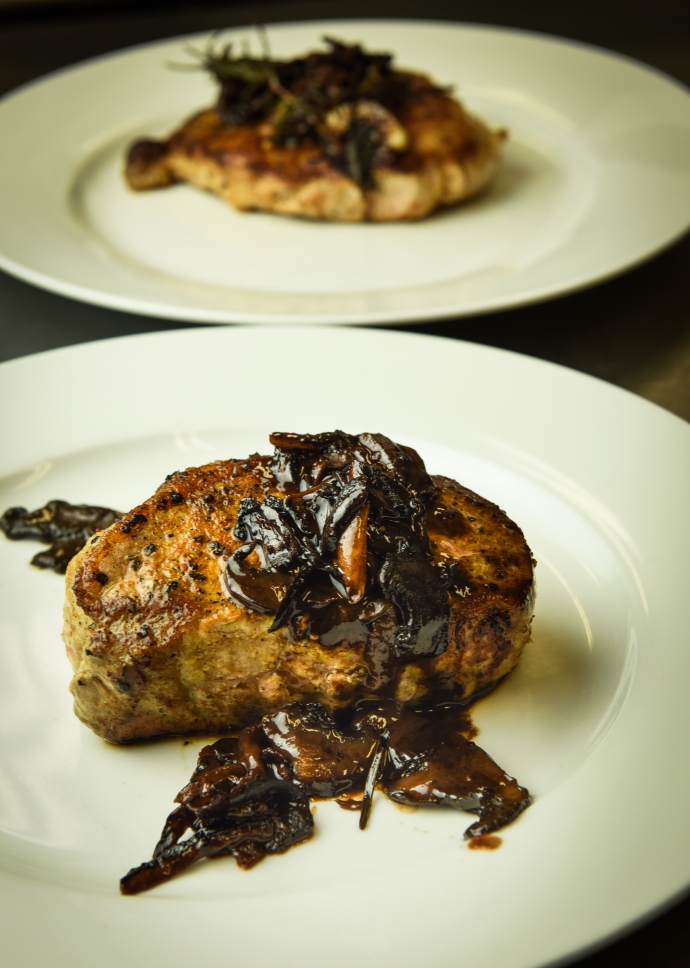

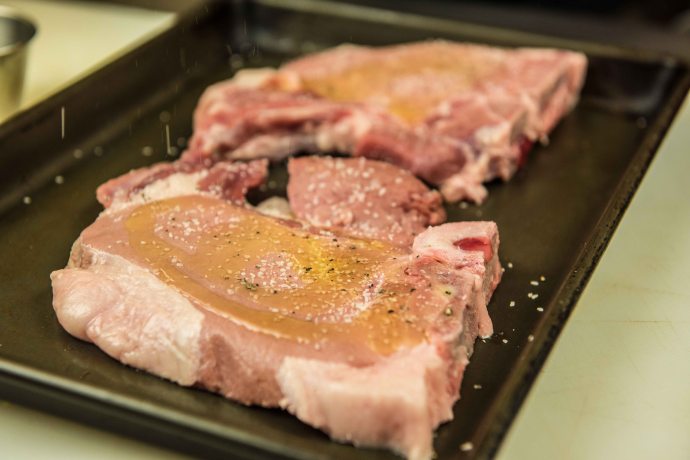

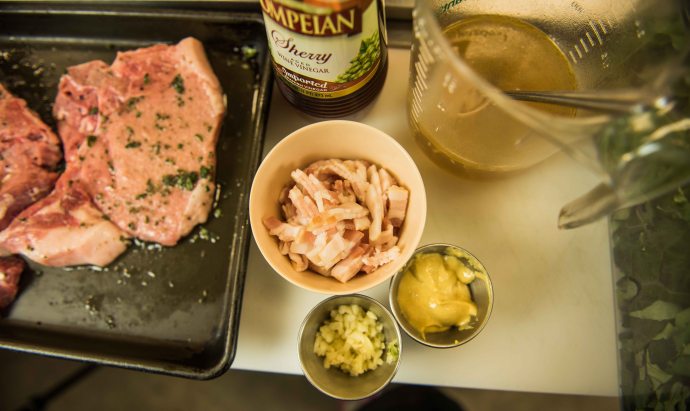
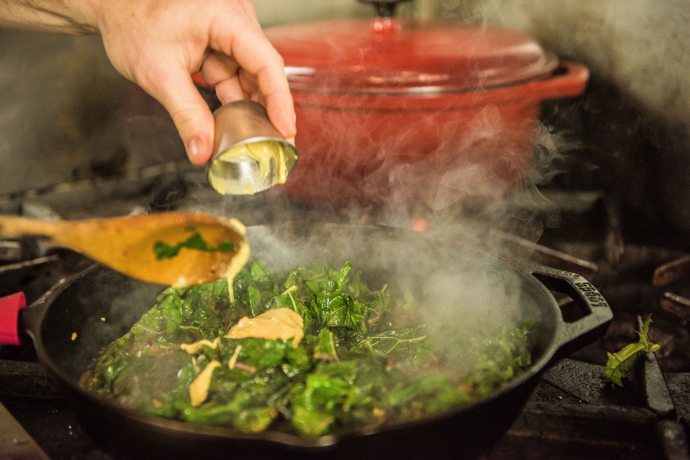

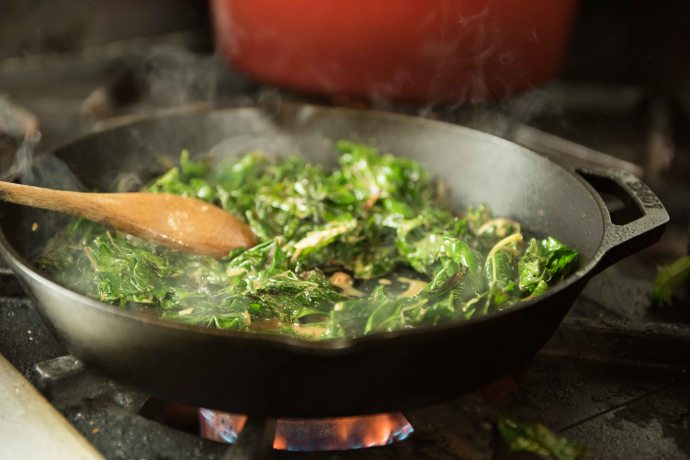

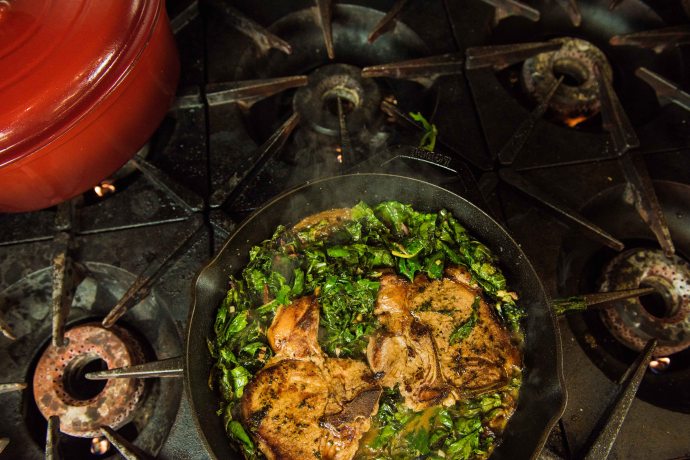
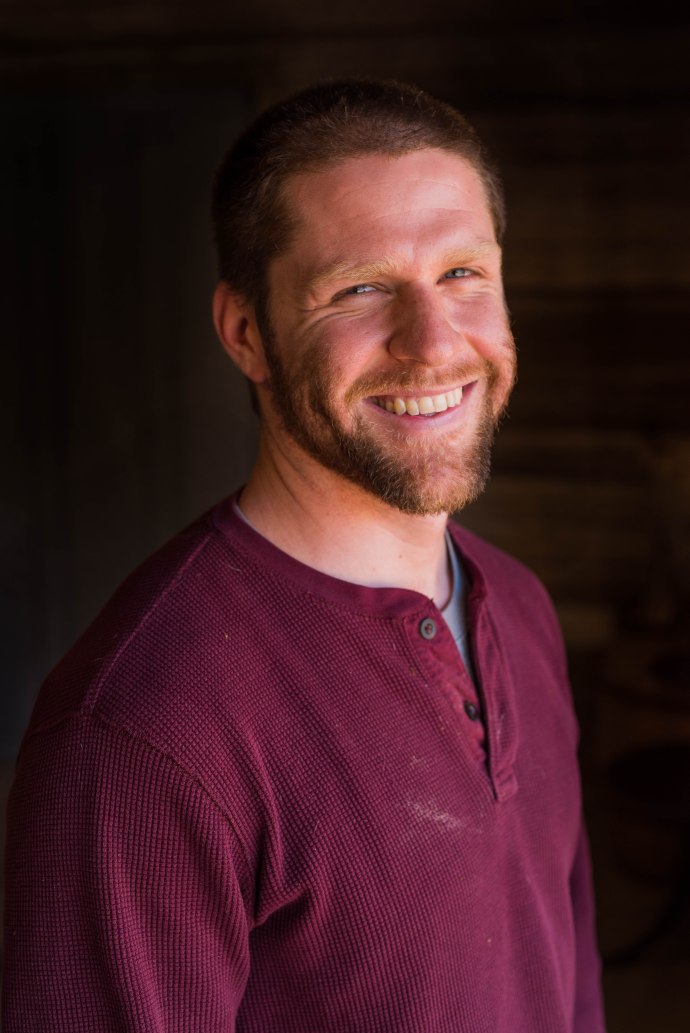


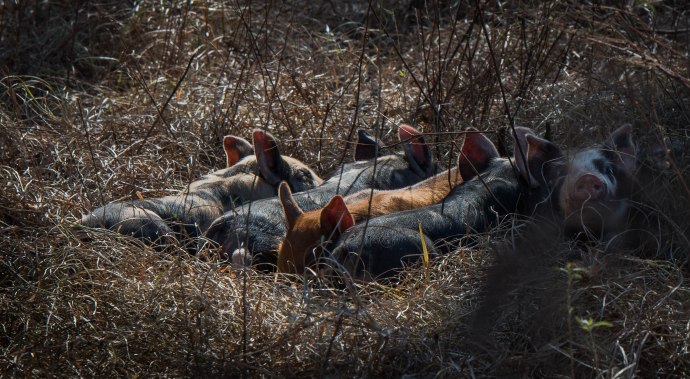


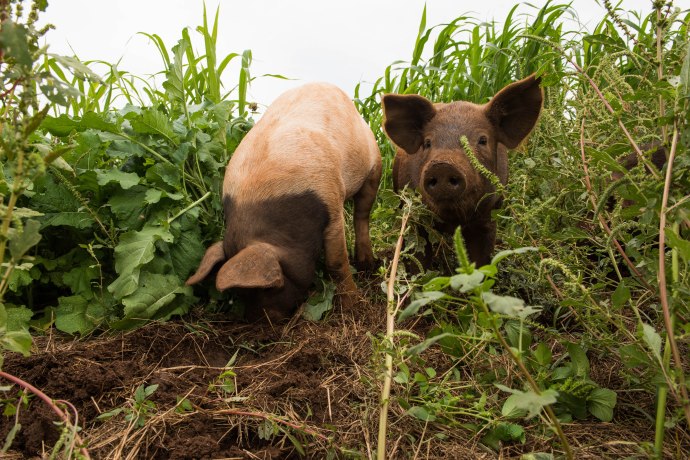


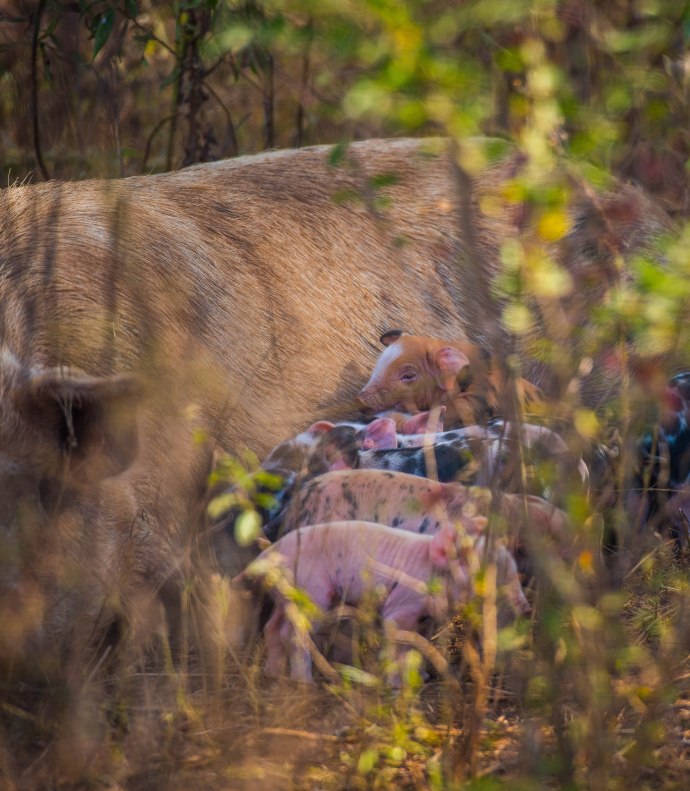






















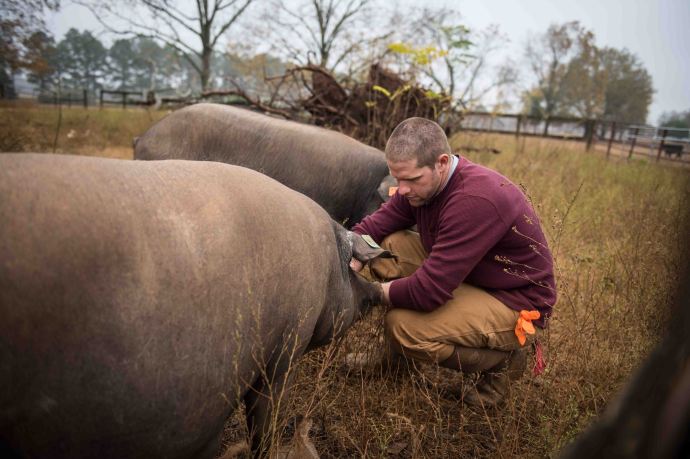








 The hide barn building is conveniently located across from our General Store in Bluffton and will also include our
The hide barn building is conveniently located across from our General Store in Bluffton and will also include our 
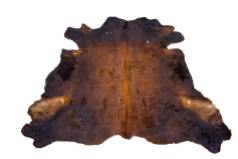





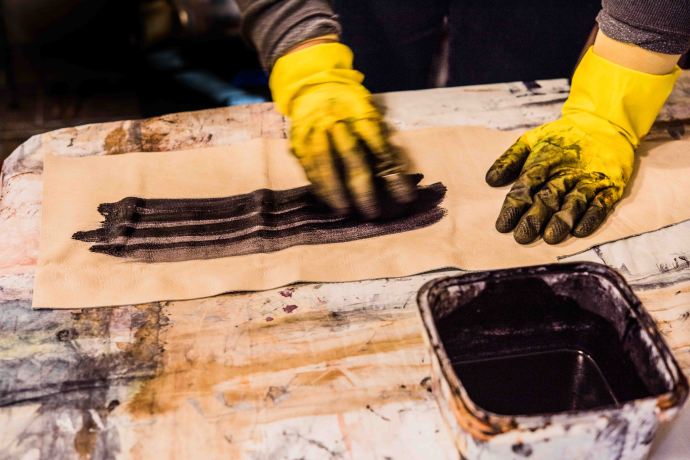
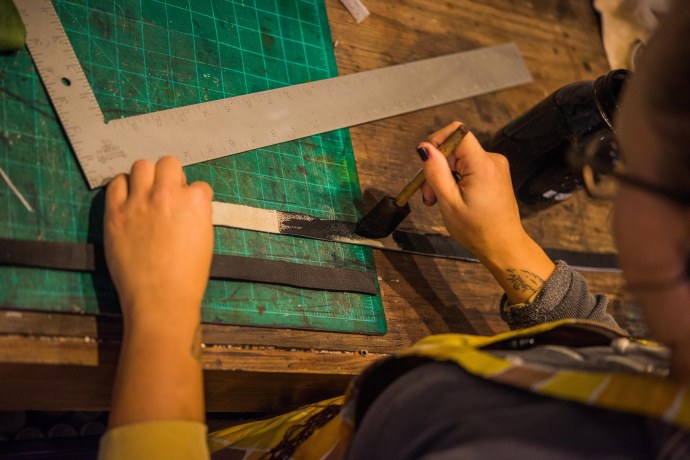
 The most gratifying aspect of her job is the “appreciation from people who get the products I make with my own two hands”. Alena finds it “satisfying to see something that I made from start to finish that people are using”.
The most gratifying aspect of her job is the “appreciation from people who get the products I make with my own two hands”. Alena finds it “satisfying to see something that I made from start to finish that people are using”.

